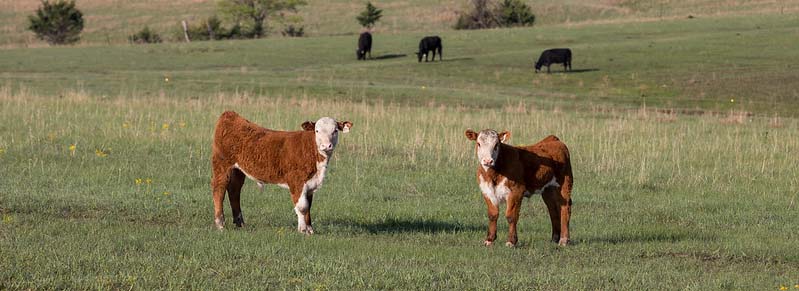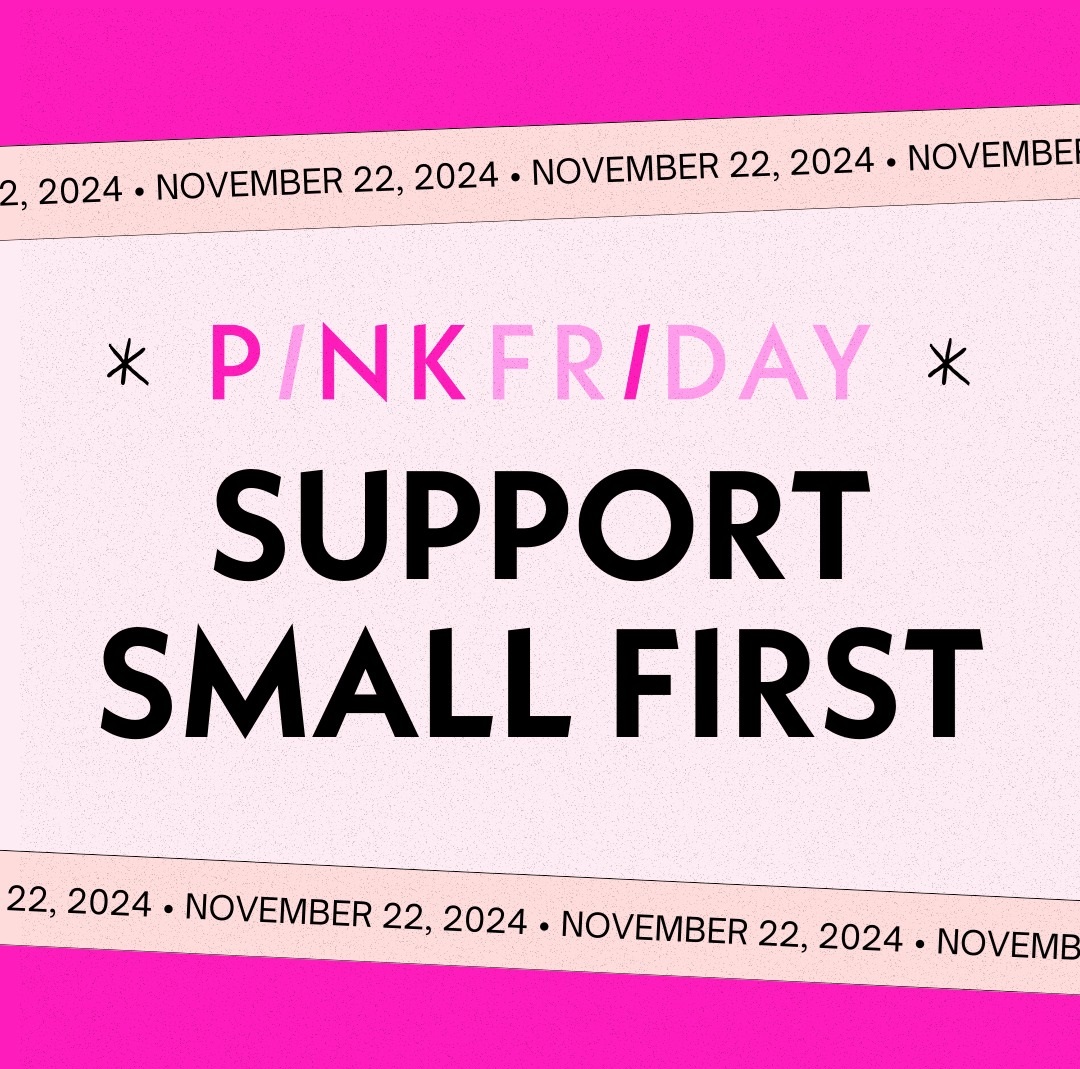Driving around in the country and seeing the cows and calves out on pastures full of green grass in late spring is a welcomed sight to many. And this is the time of year to begin routine processing for one- to two-month-old calves, and to develop a marketing strategy according to the experts at the Kansas State University Beef Cattle Institute.
Speaking on a recent Cattle Chat podcast, the experts addressed calf health, nutrition and marketing strategies to maximize the likelihood of success.
“Now is a good time to do those basic processing procedures on young calves,” K-State veterinarian Brian Lubbers said. “On bull calves, this is a good time to consider castration and then offer some protection against clostridial diseases depending on which castration method you use.”
Another management strategy that is good for young calves is to apply parasite control, K-State veterinarian Bob Larson said.
“Young cattle don’t have much resilience to internal parasites, so they respond well to a deworming treatment,” he said.
Regarding supplemental nutrition for one- to two-month-old calves, some producers may be considering whether or not to offer creep feed.
“Offering creep feed at this point may not be economical because the cow is at peak milk production,” K-State beef nutritionist Phillip Lancaster said. “At this age, the calf’s rumen is starting to develop, and they will begin consuming more green grass and less milk as time goes on.”
Along with calf health and nutrition, the experts agree that late spring is a good time to develop a marketing plan and consider risk protection.
“Some marketing programs require calves to follow a health protocol, so that is important to review now,” K-State agricultural economist Dustin Pendell said. “There are also a couple of insurance policies available that offer livestock risk protection for feeder and fed calves.”
To hear the full discussion, listen to Cattle Chat on your preferred streaming platform.



